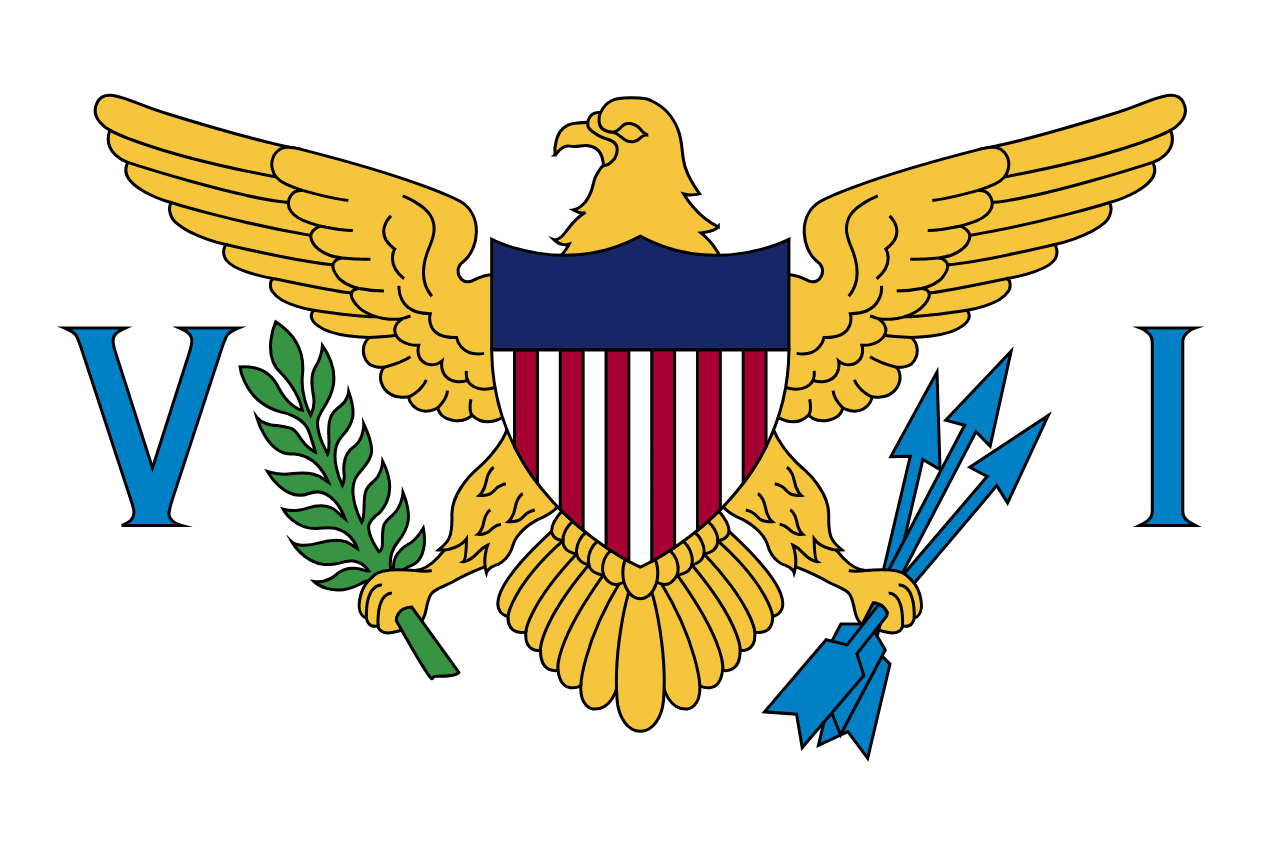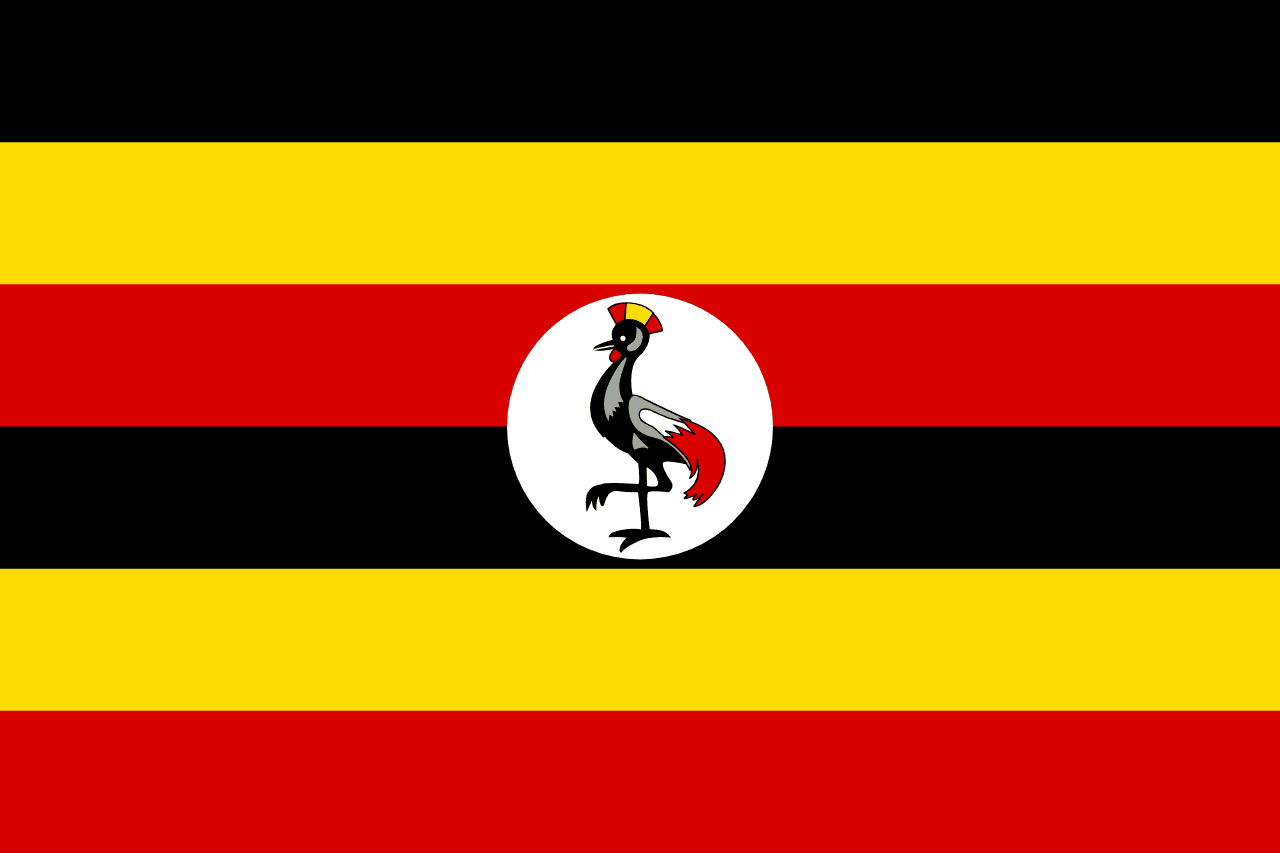La bandera del Reino Unido, conocida comúnmente como la Union Jack o la Bandera de la Unión, es un símbolo llamativo de unidad y diversidad. Su diseño incorpora las cruces combinadas de San Jorge, San Andrés y San Patricio, que representan a Inglaterra, Escocia e Irlanda, respectivamente. Esta compleja amalgama de símbolos nacionales refleja la rica historia y la unión política de los países constituyentes que forman el Reino Unido.
Información del Reino Unido
| Día Nacional de la Bandera | — |
| Estado soberano | Sí |
| Nombre oficial | Reino Unido de Gran Bretaña e Irlanda del Norte |
| Capital | Londres |
| Población | 67,621,852 |
| Área | 243,610 km² |
| Moneda | Libra esterlina (GBP) |
| Idioma | Inglés, galés, gaélico escocés, irlandés |
| Continente | Europa |
| Región | Europa noroccidental |
| Subregión | Islas Británicas |
| Fronteras | Irlanda |
| Zona horaria | Hora del Meridiano de Greenwich (GMT) UTC+0 |
| Código de llamada | +44 |
| Dominio de nivel superior | .uk |
Historia de la bandera del Reino Unido
 La Union Jack ha evolucionado durante siglos, reflejando los cambios políticos dentro de las Islas Británicas. Su diseño actual fue adoptado oficialmente el 1 de enero de 1801, tras los Actos de Unión que unieron a Gran Bretaña e Irlanda. La evolución de la bandera comenzó en 1606, cuando Jacobo I combinó las banderas de Inglaterra y Escocia al ascender a ambos tronos. La cruz roja de San Jorge (Inglaterra) se superpuso al aspa blanca de San Andrés (Escocia) sobre un fondo azul. En 1801, se añadió el aspa roja de San Patricio (Irlanda) para representar la unión con Irlanda, creando la bandera que reconocemos hoy.
La Union Jack ha evolucionado durante siglos, reflejando los cambios políticos dentro de las Islas Británicas. Su diseño actual fue adoptado oficialmente el 1 de enero de 1801, tras los Actos de Unión que unieron a Gran Bretaña e Irlanda. La evolución de la bandera comenzó en 1606, cuando Jacobo I combinó las banderas de Inglaterra y Escocia al ascender a ambos tronos. La cruz roja de San Jorge (Inglaterra) se superpuso al aspa blanca de San Andrés (Escocia) sobre un fondo azul. En 1801, se añadió el aspa roja de San Patricio (Irlanda) para representar la unión con Irlanda, creando la bandera que reconocemos hoy.
Curiosamente, Gales no está representado en la Union Jack porque ya estaba unida a Inglaterra cuando se creó la primera versión de la bandera. Esta omisión ha sido un tema de debate en los últimos años.
Simbolismo y diseño de la bandera del Reino Unido
La Union Jack es un poderoso símbolo de unidad y diversidad del Reino Unido. Su intrincado diseño refleja la unión histórica y política de Inglaterra, Escocia e Irlanda bajo un solo estado soberano. La combinación de las cruces de estos santos patronos simboliza la fortaleza y la unidad de la nación británica, al tiempo que reconoce sus partes constituyentes.
El diseño de la bandera no es simétrico, lo cual es intencionado y simbólicamente significativo. Las franjas diagonales blancas están descentradas, lo que significa que la bandera tiene una manera correcta de izarse. Cuando se muestra correctamente, la franja blanca más ancha debe estar sobre la roja en el lado más cercano al mástil. Este detalle sutil a menudo pasa desapercibido, pero demuestra la complejidad y el cuidado detrás del diseño de la bandera.
Uso y significado de la Union Jack
 La Union Jack se muestra prominentemente en edificios gubernamentales, uniformes militares y durante diversas ocasiones oficiales en todo el Reino Unido. Ondeando sobre el Palacio de Buckingham y las Casas del Parlamento, sirve como un recordatorio constante de la unidad y soberanía de la nación.
La Union Jack se muestra prominentemente en edificios gubernamentales, uniformes militares y durante diversas ocasiones oficiales en todo el Reino Unido. Ondeando sobre el Palacio de Buckingham y las Casas del Parlamento, sirve como un recordatorio constante de la unidad y soberanía de la nación.
Internacionalmente, la Union Jack es reconocida como un símbolo del legado histórico, la influencia cultural y la presencia global del Reino Unido. Aparece en las banderas de varios países de la Commonwealth y territorios británicos de ultramar, reflejando el pasado colonial del Reino Unido y sus relaciones internacionales en curso.
En la cultura popular, la Union Jack se ha convertido en un elemento de diseño icónico, apareciendo en prendas de moda, portadas de álbumes y diversos productos. Este uso generalizado a veces ha generado debates sobre el uso apropiado y la posible comercialización de un símbolo nacional.
Datos interesantes sobre la bandera del Reino Unido
- El término "Union Jack" se refiere técnicamente a la bandera cuando se iza en el mar, mientras que "Union Flag" es el término adecuado para uso en tierra. Sin embargo, "Union Jack" se ha generalizado para ambos contextos.
- La bandera puede ondearse al revés como señal de socorro, pero esto requiere una observación cuidadosa debido a su diseño asimétrico.
- No existe ninguna ley o regulación que estipule cómo debe izarse la bandera, contrario a la creencia popular.
- La Union Jack inspiró el diseño de la bandera de Hawái, que presenta la Union Jack en su cantón, un legado de la relación histórica de Hawái con exploradores británicos.
- Durante la Segunda Guerra Mundial, la Union Jack se incorporó a las banderas de varios movimientos de resistencia europeos como símbolo de apoyo aliado.





